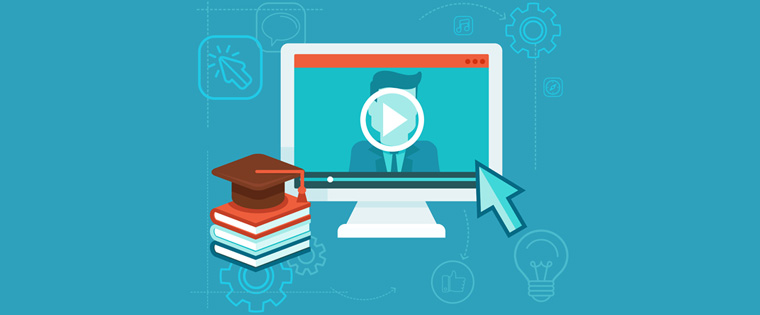When and How to Fit Digital Learning in Your Training Initiatives

Today’s employees are almost always digitally connected to the world, whether at work or elsewhere. A typical day at work includes tapping the smartphone for information, accessing data on a laptop, and chatting with someone halfway across the world on the desktop. These digital devices have changed the way people live and work. Employees appreciate the comfort and flexibility these devices offer to their work and they expect this flexibility from their training as well. They want the convenience of learning while at work; they expect flexibility and accessibility to learning.
Many organizations have realized that there is a gap between the ways employees want to learn and the current training methods. They are looking to adopt methods that will best meet the demands of their employees. They have turned to digital learning to cater to their employees’ learning needs.
Digital learning is not confined to the use of digital devices for learning, it is much more. It is the transformation of learning where the learner undergoes a self-directed learning experience and is engaged in the process. Digital learning methods include e-learning, mobile learning, social learning, and just-in time learning.
Organizations considering digital learning realize that it’s difficult to make a complete switchover to digital learning for their training needs. They are instead opting for a blended learning approach where learners attend classroom training sessions that are followed up with self-paced learning modules delivered on digital devices, which employees can access anytime and anywhere. This combination of classroom training and digital learning provides a rich learning experience.
Where does digital learning fit?
For teaching complex topics: When training is about teaching complex concepts to your employees, they require more time to develop a deeper understanding of the subject. Digital learning in the form of videos (e-learning), offers learners the much-needed opportunity to follow up on what they have learned in the classroom. They can access the course online to review and recall their learning from the classroom to better their understanding. What’s more, videos and detailed explanations in online content will help clarify their doubts.
For learners spread across the world: There are limitations to classroom training when it comes to teaching employees spread over different locations. It is just not possible to bring them all together at one place at the same time for training. Logistical issues may not be worth the effort. Digital formats come to the rescue. You can provide classroom training to employees who are close to the training venue while the same content can be delivered digitally to employees in remote and far-flung areas. Moreover, these online courses can be translated into different languages to cater to a linguistically diverse audience.
For industries with high employee turnover: Some industries such as Retail witness a high employee turnover on a regular basis. While a large number of people join the organization on a regular basis, an equal number leave the organization. Training in such an industry is a nightmare, because it is a continuous process. By the time one batch is trained, half the employees have left and a fresh set of employees are waiting to be trained. In such a scenario, digital learning is the best option. Online training reduces the need for classroom training and the training material needs to be developed only once and can be used as many times as required. This saves training costs and time.
How does digital learning help?
Promotes continuous learning: Herman Ebbinghaus’ research on the ‘forgetting curve’ theory is well known. He also indicated that humans learn better if they are given short bursts of knowledge on a continuous basis. Digital learning provides this continuous learning because it can be accessed anytime, anywhere, and on any device. Short learning modules can be delivered to learners with the flexibility to access them whenever they want. Organizations can deliver them across various devices to ensure continuous learning.
Provides individualized learning: Learning needs differ from person to person. Classroom training fails to meet this need, simply because the content and style of teaching is uniform. Digital training content can be designed to cater to individual learning needs while still meeting the overall learning goals.
Creates a better learning experience: Digital learning can deliver curated content to employees so that they do not waste time and energy looking for the required information. This can also prevent information overload which can overwhelm employees.
Promotes employee engagement: Digital learning places trust in employees by encouraging self-directed learning. It promotes a learning network where employees can share their learning experiences. And the learning is self-paced; this promotes employee engagement.
Digital learning can be used in combination with classroom training or even as a standalone learning strategy as it saves time and cost for organizations. Curated learning paths and pre-designed assignments make it easy to assign courses and manage them based on learning needs.





